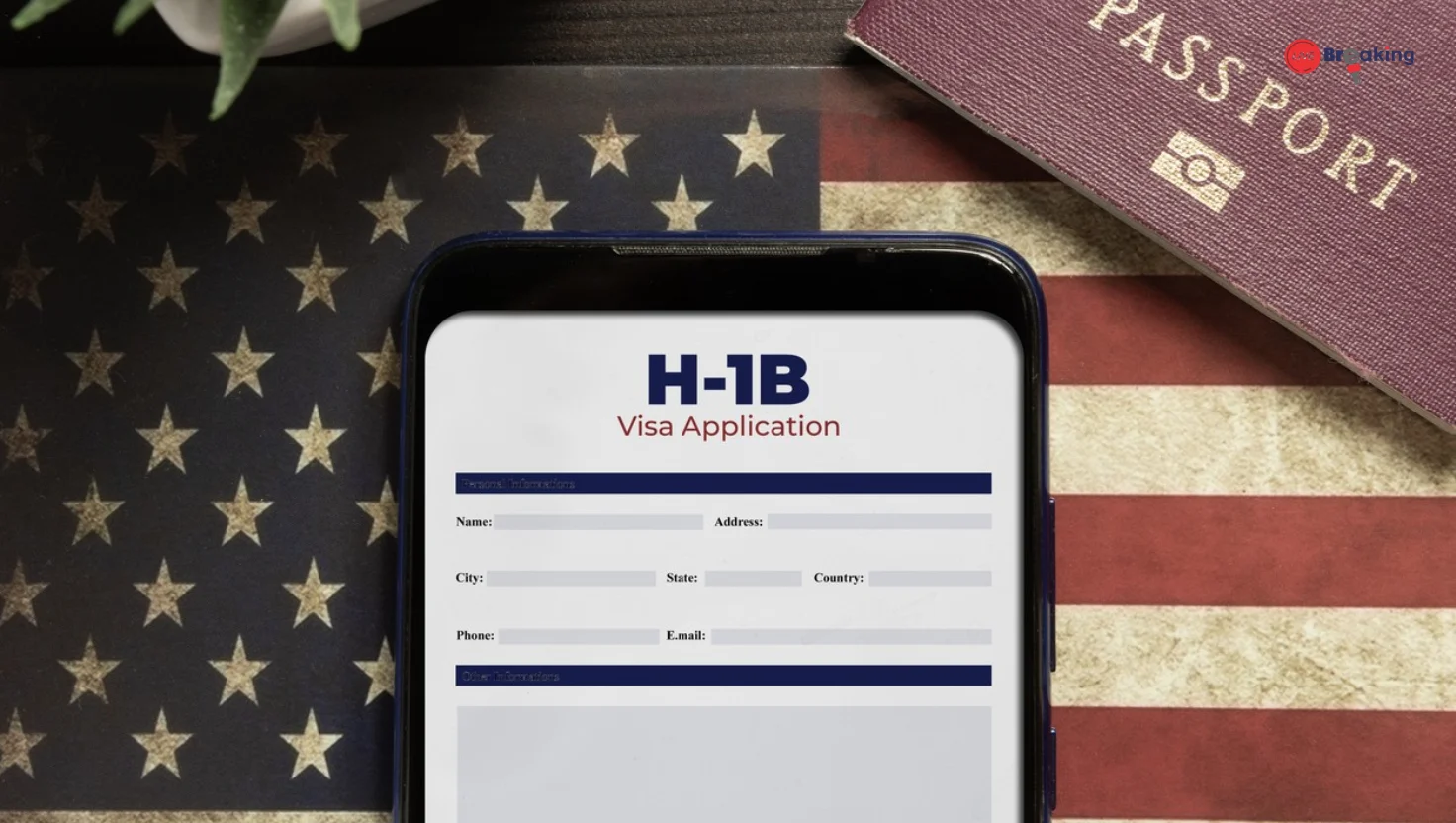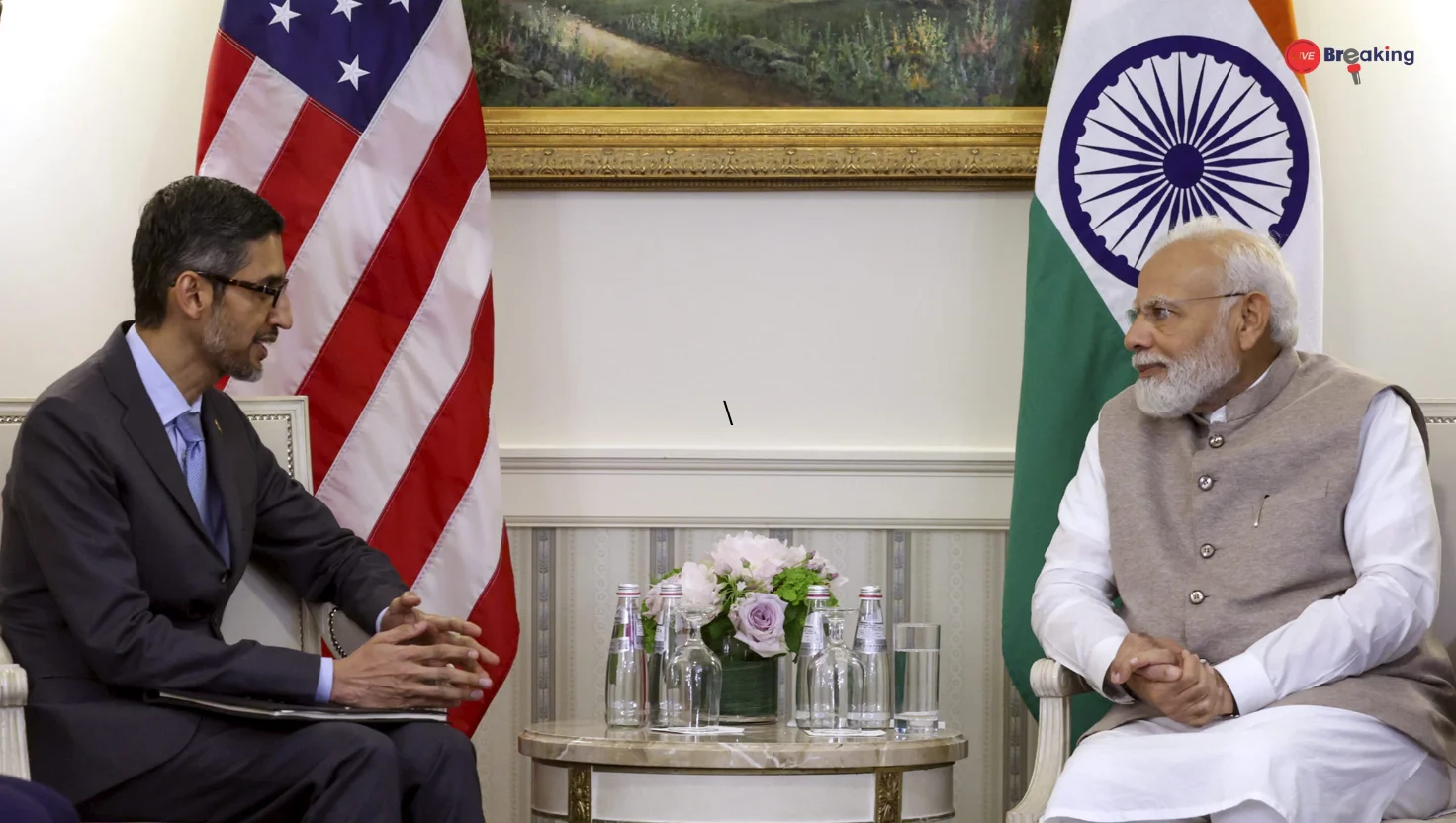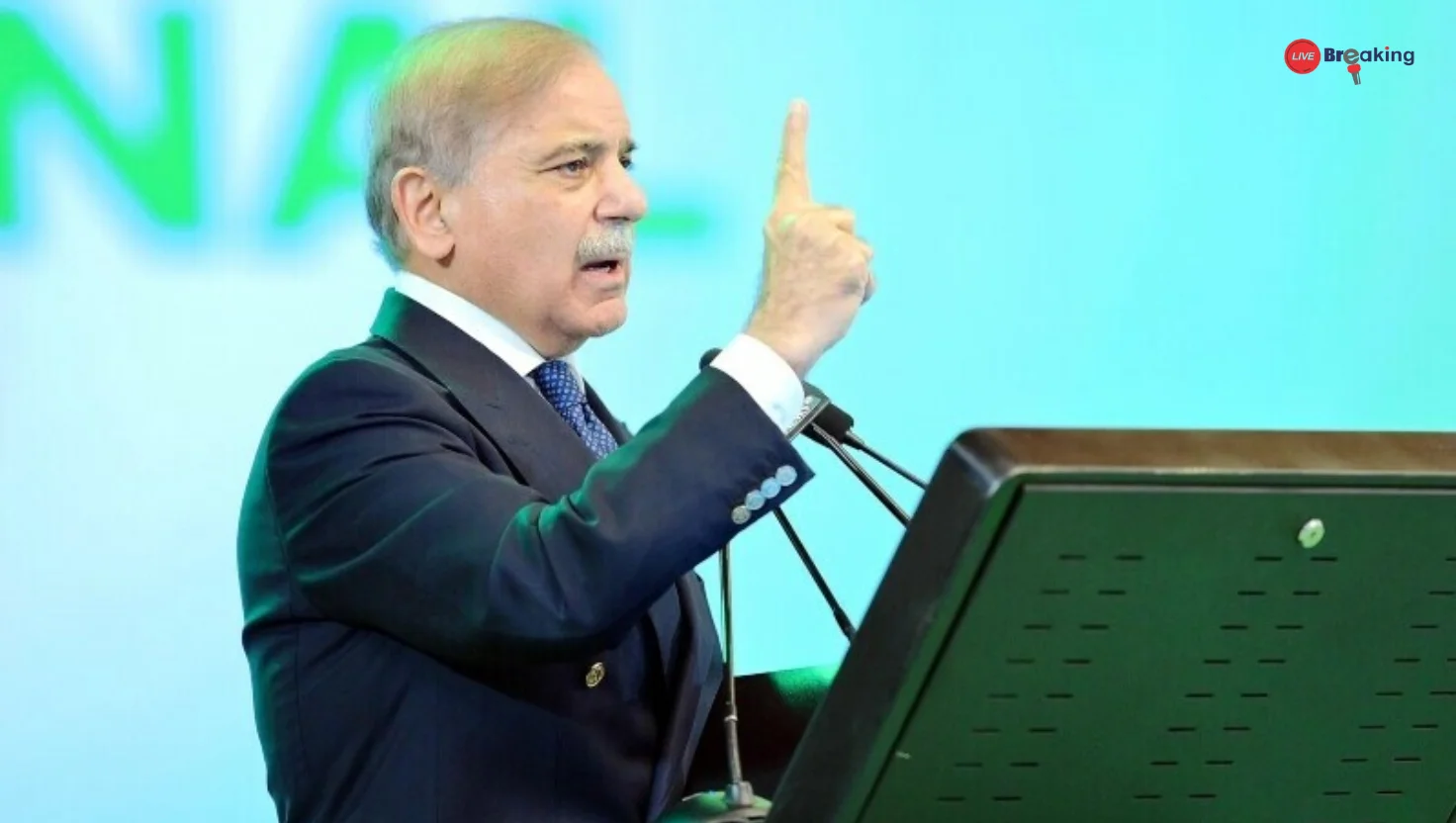Trump’s H-1B Fee Hike May Push American Firms to Offshore Work to India
The Trump administration’s decision to hike H-1B visa fees has sparked a wave of concern among American companies that rely heavily on skilled foreign workers, particularly in technology and engineering sectors. With the increase in costs making it more expensive to hire and retain talent in the United States, several firms are reportedly re-evaluating their global workforce strategies. India, with its deep pool of skilled professionals and established outsourcing ecosystem, is once again emerging as a prime destination for offshoring work.
The H-1B Visa Fee Shock
For decades, the H-1B visa has served as a crucial channel for US companies to access specialized talent, especially in areas like software development, data analytics, and engineering. However, the recent fee hike is being seen as a deterrent for companies already grappling with rising operational expenses in a competitive environment.
The increased costs not only raise the burden on employers sponsoring visas but also indirectly impact the overall cost of doing business in the United States. With tighter margins and mounting pressure to remain profitable, American firms are beginning to assess whether offshoring jobs to India could provide a more sustainable long-term solution.
India’s Competitive Edge
India has long been a preferred hub for outsourcing due to its large English-speaking workforce, cost advantages, and robust IT infrastructure. Over the years, Indian firms such as Infosys, TCS, and Wipro have built strong reputations for delivering reliable services to global clients. In addition, the rise of specialized startups and niche players in artificial intelligence, cloud computing, and cybersecurity has broadened the talent base available to foreign companies.
By relocating more work to India, US firms stand to gain in two key ways: reducing overheads associated with hiring foreign workers in the US, and accessing a growing pool of highly skilled professionals without the constraints of visa caps and bureaucracy.
Impact on US-India Relations
This potential shift could further strengthen economic ties between the United States and India. Over the past two decades, the IT services trade has been a cornerstone of bilateral cooperation, with American companies outsourcing billions of dollars’ worth of projects annually. The latest visa fee hike, while aimed at limiting dependency on foreign workers domestically, might ironically accelerate India’s role as a global outsourcing leader.
Read more: Fraud Baba Exposed: Forged UN Credentials, False PMO Ties Unearthed
Policy experts suggest that increased offshoring could also create new challenges for the US economy, particularly around job displacement and wage competition. While American workers are likely to welcome measures curbing the inflow of foreign talent, corporate leaders must balance these sentiments against the need for skilled expertise that may not be readily available locally.
The Strategic Choices for US Firms
For multinational corporations, the path forward will likely involve a mix of strategies. Some may continue sponsoring H-1B visas despite the cost hike, particularly for highly specialized roles that are hard to fill elsewhere. Others may double down on offshoring by building larger centers of excellence in Indian cities like Bengaluru, Hyderabad, and Pune. Hybrid models, where critical functions remain in the US while routine or scalable tasks are shifted to India, could also gain traction.
Moreover, advances in remote work and digital collaboration tools have made it easier for companies to manage distributed teams across borders. This means that firms can increasingly bypass geographical constraints and operate seamlessly with Indian talent integrated into their global workforce.
A New Era of Outsourcing?
While it remains to be seen how widespread the shift will be, the fee hike has undeniably forced American companies to revisit their cost structures and workforce strategies. For India, this presents both an opportunity and a challenge: while the inflow of new projects could boost employment and economic growth, the country must also continue upgrading its skills base and infrastructure to meet rising global expectations.
Read more: 100% Tariff Shock: Trump Targets Pharma Imports, India’s Exports at Risk
As US firms weigh their options, one thing is clear—the global competition for talent is entering a new phase. India, with its proven track record and evolving capabilities, appears well-positioned to emerge as the biggest beneficiary of America’s changing visa landscape.















